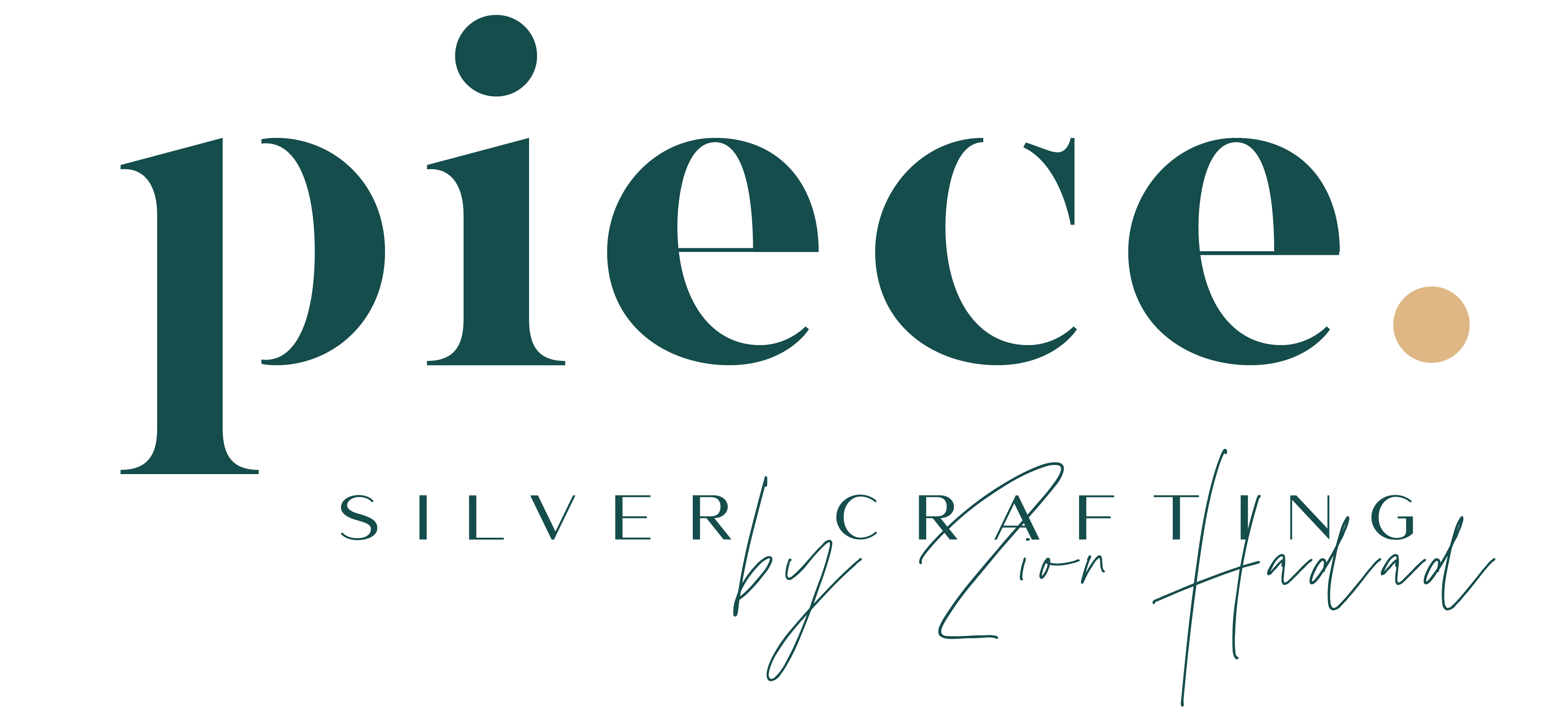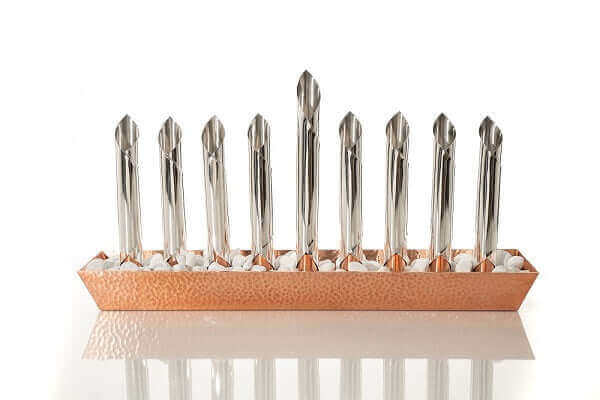What’s So Special About Silver in Judaica?
The Bible itself refers to silver as a top-tier material in both the Temple and day-to-day life. The most cherished Judaica heirlooms in most Jewish families are silver. Why is that?
It’s a question that comes up when I attend auctions to acquire unique pieces for customers. At a recent Sotheby’s auction, for instance, a cup that probably cost the equivalent of a few rubles in Russia in the 1800s sold for tens of thousands of dollars today. As an inherently valuable and attractive metal, it’s held in esteem.
Here’s an interesting fact: For centuries in the Diaspora, the Jewish communities in Europe could not employ their own artisans for creating silver because they were not allowed to join the guilds. As a result, we frequently uncover century-old pieces that contain errors in the Hebrew writing because these non-Jewish artisans were simply copying inscriptions from other places, often with mistakes! Luckily, we don't have this problem any longer. While I do actually employ some of the world's top silver craftsman to execute my designs — and some of them are not, in fact, of our faith —I give them extremely precise direction regarding any Hebrew writing, and often simply handle that final stage myself here in Israel.
So why is silver so central to Judaica? Because silver endures. And we use it across a wide spectrum of Jewish ceremonial uses: For menorahs, Torah pointers and crowns, Havdalah sets, tallit collars, kiddush cups, the tools of a mohel, symbolic jewelry, and more. Yes, when exposed to air over a long period of time you may need to wipe away some tarnish, but that’s part of the caring, hands-on connection we have with these pieces that we pass down – some anonymous and some inscribed with names or messages — from generation to generation.
And although we hope it never happens, the silver itself has enough inherent value that in dire circumstances, it can be sold, melted down and re-used, giving it new life.
It’s a question that comes up when I attend auctions to acquire unique pieces for customers. At a recent Sotheby’s auction, for instance, a cup that probably cost the equivalent of a few rubles in Russia in the 1800s sold for tens of thousands of dollars today. As an inherently valuable and attractive metal, it’s held in esteem.
Here’s an interesting fact: For centuries in the Diaspora, the Jewish communities in Europe could not employ their own artisans for creating silver because they were not allowed to join the guilds. As a result, we frequently uncover century-old pieces that contain errors in the Hebrew writing because these non-Jewish artisans were simply copying inscriptions from other places, often with mistakes! Luckily, we don't have this problem any longer. While I do actually employ some of the world's top silver craftsman to execute my designs — and some of them are not, in fact, of our faith —I give them extremely precise direction regarding any Hebrew writing, and often simply handle that final stage myself here in Israel.
So why is silver so central to Judaica? Because silver endures. And we use it across a wide spectrum of Jewish ceremonial uses: For menorahs, Torah pointers and crowns, Havdalah sets, tallit collars, kiddush cups, the tools of a mohel, symbolic jewelry, and more. Yes, when exposed to air over a long period of time you may need to wipe away some tarnish, but that’s part of the caring, hands-on connection we have with these pieces that we pass down – some anonymous and some inscribed with names or messages — from generation to generation.
And although we hope it never happens, the silver itself has enough inherent value that in dire circumstances, it can be sold, melted down and re-used, giving it new life.



Leave a comment
This site is protected by hCaptcha and the hCaptcha Privacy Policy and Terms of Service apply.